Hello, and welcome to this primer for playing Minecraft. As stated in the ‘cover blurb’, this article assumes you have managed to install Minecraft and get it to run, and are starting a game for yourself in Single Player mode. Specifically a Survivor-type game, but a lot of the information I cover in these articles will also be useful in other game modes as well.
This article also assumes you are using a mouse with at least two buttons and preferably a mouse wheel as well. My apologies to Apple users who have a single-button mouse; I do not know what your analogue to the right mouse button is, or if your OS has a direct analogue to it. If you do have something that is equivalent to a right-click on an IBM-compatible system, then substitute that in anywhere that I mention right-clicking.
Without further ado, let’s get started.
Upon creating a game, you should find yourself (once the program is done building the world) standing somewhere, surrounded by (gasp) terrain. For the purpose of writing this article, I have started another new game myself- here is what I saw as soon as it was done loading.

You can already see several interesting features and qualities of the game, which I will happily explain for you.
First, of course, is the blocks. You can see that pretty much everything in the game is made of cubical blocks: most of these blocks are the same size. Perhaps the most important thing to understand is that constructing anything in this world that is not a tool or a special sort of piece (which I will mention again later) is built by taking these blocks from where they sit and putting them in places that they were not previously. Whether you build your house of sand, wood, dirt, gravel, rock, steel, even obsidian or lava, whatever you make is built in terms of these blocks. In that respect, Minecraft could be considered to be a game that is all about giant Lego™ bricks, and sometimes it is very helpful to think of it that way.
The second most obvious feature here is water. Get used to water, it’s important, useful, and pretty much surrounds everything when you get down to it. Water has several important traits that you need to make note of. First off, water can drown you. Whenever you are in water, a row of bubbles will appear near the bottom of your screen, representing breath you are holding. If you let the bubbles run out and are still underwater, you will start getting hurt- that is to say, suffocating. Naturally, when this happens you will die. Don’t fret too much, death is not the end except in certain modes of play. It is, however, extremely inconvenient. I’ll get back to that later also.
Another thing about water is that it allows you to swim. If you are in water, normally you will sink- unless you press the spacebar. The spacebar (which is also used to jump when you are on land) will cause you to rise instead, as high as the surface of the water. You cannot jump out of water unaided either. If, however, you are at the surface of the water and touching a block of something you can stand on, holding the space bar will launch you out of the water- just high enough to land on something solid and thereby get out of the water.
The third trait of water is that it flows. If you remove a block below water level, the water will flow into the space that you have created and fill it up. There are limits, caused by the way the game operates water- water comes in two forms, that of ‘water source’ blocks, and that of ‘flowing water’ blocks. I will explain in more detail in a later article, but the basics are that most of the water that exists when your world is created is water sources, and will create flowing water into any empty space below or next to them.
The third thing to take note of is, of course, the land. You can see from the picture that there are at least two kinds of land here- the tan blocks are sand, and the green and brown blocks are dirt with grass on it. At this point, grass is not important just yet, but the dirt and the sand are. Most of the land you will find is, at least on the top, dirt. This allows plants to grow, and can be dug up very easily, even bare-handed. Sand is also fairly easy to dig in barehanded, but only a few things will grow in it. Sand is also noticeable for being one of the only two materials that will actually fall, the other one being gravel. If you find yourself in need of quick material that you can easily get rid of later, dirt is pretty much your best bet.
On the very left edge of the screenshot, you can also see a mass of spotty green with a grained brown block at the bottom. That is a tree- and trees are very important. This is mostly because wood is very important- wood is one of your most essential building blocks, being used to create tools, fences, and other more interesting things as well as to make blocks for building with. It is a very good idea to always keep track of where there are large numbers of trees and make sure you can always get to them easily.
Towards the bottom right of the screen, you can see a mass of pink and green that is [i]not[/I] the same size of block as the environment. That is my character’s arm- yours may have different colors, don’t worry about that. The ability to view your arm is very useful, though, as it allows you to easily check what object you have at hand. This is the item that you will strike with when you left-click, and if it is not a tool or weapon, you will place it where the crosshairs are pointing when you right-click.
Finally, there is the large white square in the sky. That is the sun- keep track of it, because daylight is very important. Violent creatures that will attack you can only appear when and where it is dark. Having light means having some degree of safety- while some aggressive creatures can enter sunlight and all of them can enter other kinds of light freely, they cannot appear in it and, unless they can see you, will wander randomly and therefore do not often wander into a lit area. The sun in Minecraft, much like the sun in our world, rises and sets regularly- a typical daytime cycle lasts something on the order of twenty minutes to half an hour; plenty of time to get a lot done (which you will need on your first day, since you start out empty-handed).
That is the basics of the world around you.


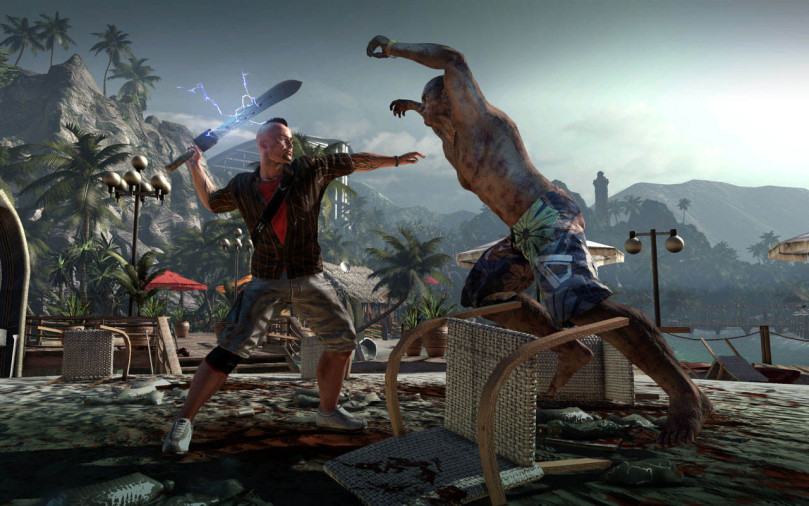


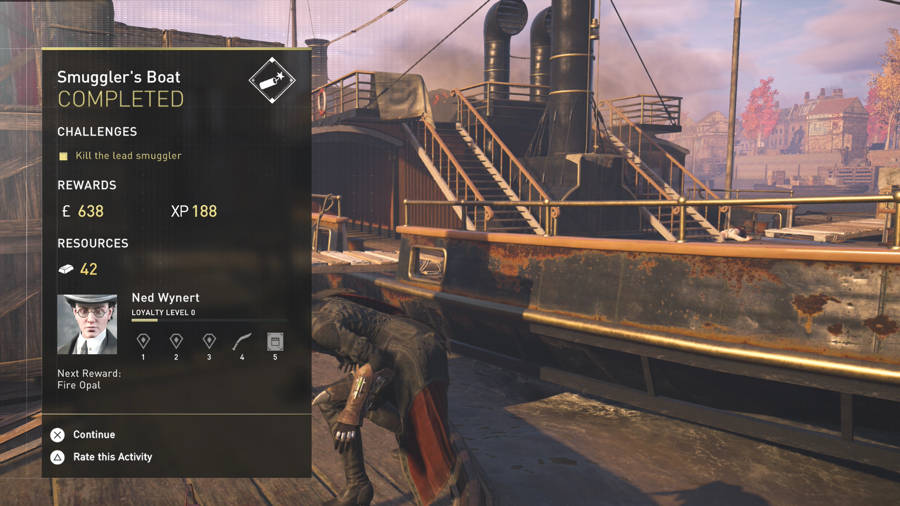
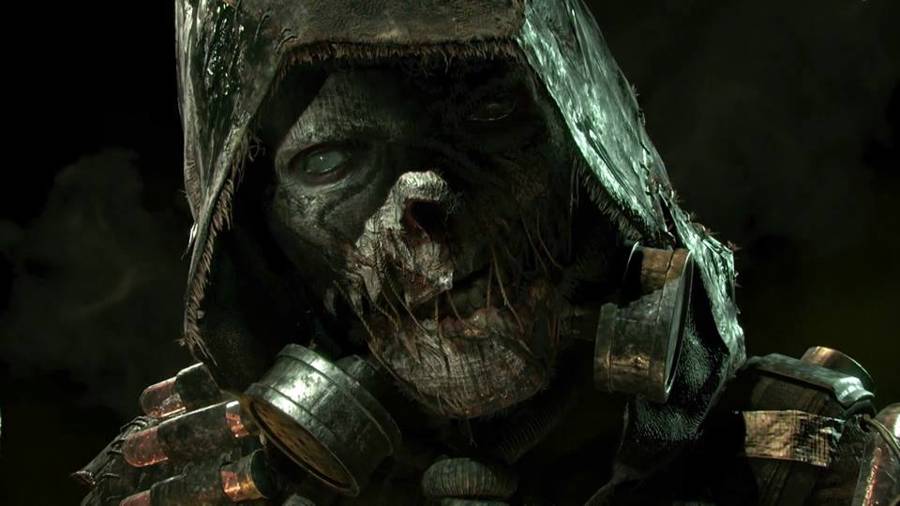 Which Scarecrow To Pick In Batman Arkham Knight
Which Scarecrow To Pick In Batman Arkham Knight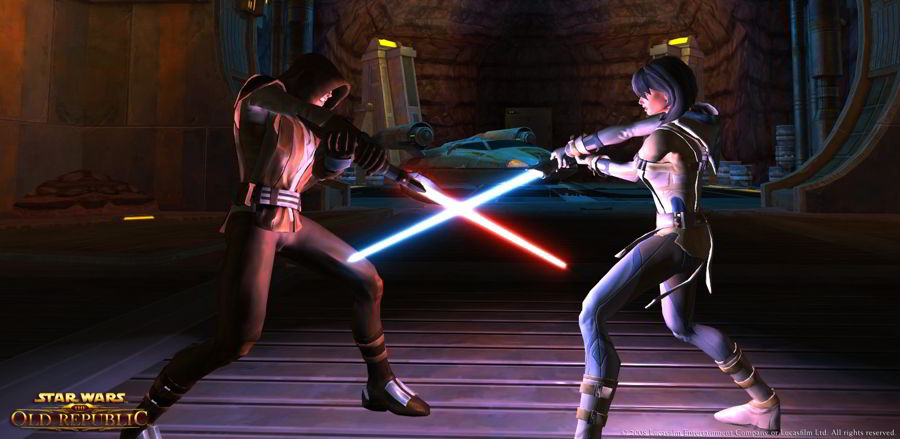 Star Wars: The Old Republic Walkthrough Guide Collection
Star Wars: The Old Republic Walkthrough Guide Collection Torchlight 2: High Strength no Dexterity Berserker Build Guide
Torchlight 2: High Strength no Dexterity Berserker Build Guide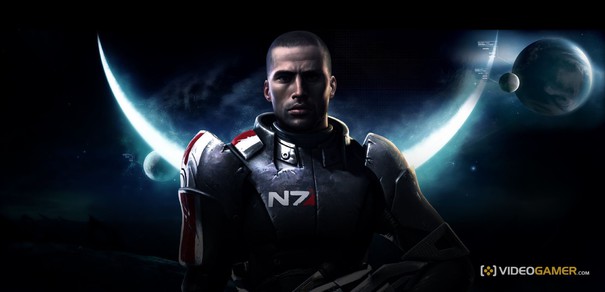 . Plays July 5, 2013
. Plays July 5, 2013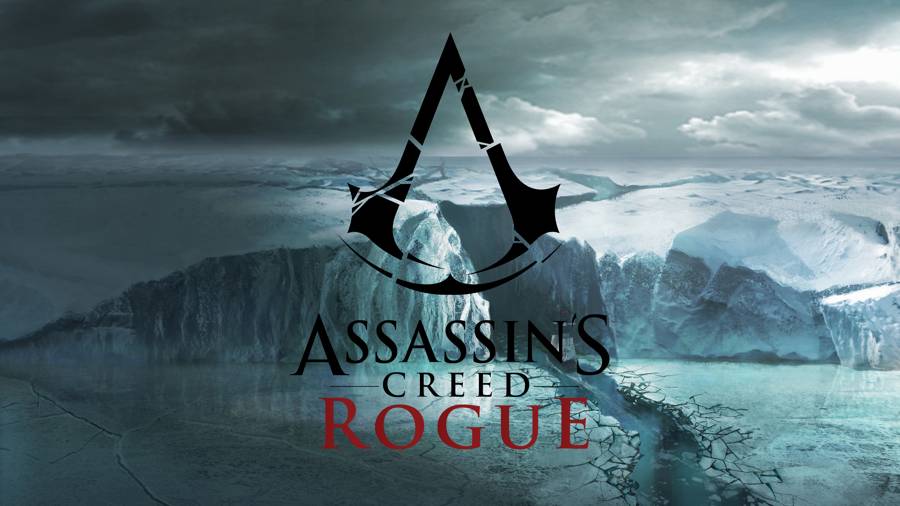 Assassin's Creed Rogue Guide: Crafting Guide
Assassin's Creed Rogue Guide: Crafting Guide